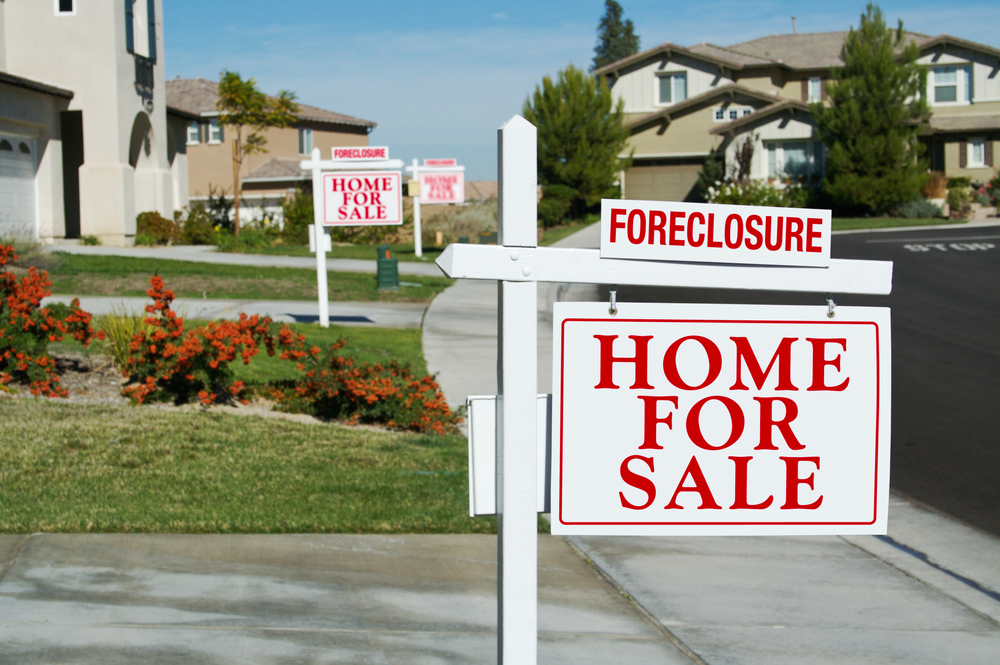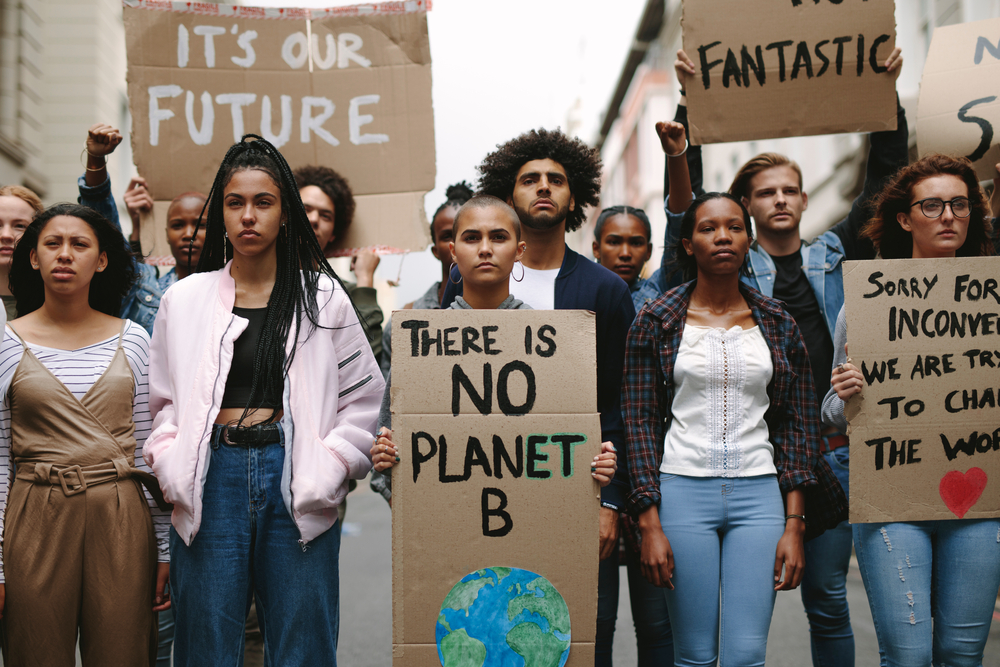Let’s start with the obvious: social security isn’t exactly sexy. No one’s swiping right on pension plans or getting in heated group chats about unemployment insurance. But here’s the twist – if you’re working, aging, raising kids, or just trying not to fall through the cracks of a hyper-volatile economy, social security is quietly shaping your life. You just might not realize how much.
Originally built as a kind of societal airbag (something that would deploy in case of job loss, old age, or disability) social security has increasingly become the main thing keeping people afloat. What was once a backup plan has become the plan for millions of people around the world. And in 2025, that’s more true than ever.
The systems we’ve inherited – pensions, unemployment support, disability coverage, and family benefits – were largely designed in the mid-20th century for a world of stability that doesn’t quite exist today. Rather than consistent employment and traditional family structures, we are juggling freelance gigs, paying off student loans into our 40s, and sky-high childcare costs.
So how did we get here? How did social security evolve from a moral gesture to a full-on survival strategy? And more importantly, can it keep up?
The Prequel: Before Social Security Was a Thing
Before the acronym soup of SSDI, UBI, or CPF, social protection was more of a patchwork quilt than a safety net. If you fell on hard times, your options were…limited. Think: begging, starving, or leaning on the local church for bread and a moral lecture.

The Roman Annona
Even ancient societies recognized that a little state support could go a long way in keeping the peace. The Romans, ever the overachievers, handed out grain to citizens through a program called the annona. Not out of pure altruism, mind you, keeping the urban poor fed was also a handy way to prevent uprisings.
The Elizabethan Poor Laws
Fast-forward to 1601 England, where the Elizabethan Poor Laws laid the groundwork for formalized social support in the Western world. It was a classic mix of moral policing and reluctant charity. The “deserving poor” (widows, orphans, the infirm) could get help. The “undeserving” (read: able-bodied and unemployed) got workhouses. And if you tried to move to a different parish to seek aid? Good luck. Locality-based aid was the norm, and suspicion of the poor was baked right in.
Bismarck Plays the Long Game
Over in 19th-century Germany, we get our first real taste of the modern welfare state. Otto von Bismarck, the Iron Chancellor himself, introduced social insurance for workers in the 1880s. This was not because he was secretly a socialist, but rather because he wanted to outmaneuver the socialists. Offering pensions, accident insurance, and healthcare was a savvy move to keep the working class loyal, and the revolutionaries at bay.
Mutual Aid: DIY Social Security
Meanwhile, in the U.S. and other industrializing nations, mutual aid societies popped up like mushrooms. These were grassroots networks, often organized along ethnic, religious, or occupational lines, pooling resources to help each other through sickness, injury, or unemployment. They were brilliant, and brutally limited. If you weren’t part of the group, you were out of luck.
Across cultures and centuries, one pattern is clear: social support systems have always walked a tightrope between compassion and control. They’ve been as much about managing the workforce and maintaining order as they have been about justice or equity.
Understanding the Main Types of Social Security Programs
| Program Name | Who It Serves | What It Provides | Key Eligibility Criteria |
|---|---|---|---|
| Social Security Retirement | Workers age 62+ and their spouses/dependents | Monthly retirement income | Must have earned 40 credits (approx. 10 years of work); full benefits at age 66–67 |
| Social Security Disability Insurance (SSDI) | Adults with a qualifying disability | Monthly disability payments | Must have sufficient work credits; disability must prevent substantial gainful activity |
| Supplemental Security Income (SSI) | Low-income individuals 65+, blind, or disabled | Monthly cash assistance | Means-tested; does not require work history |
| Survivors Benefits | Family members of deceased workers | Monthly income for widow(er)s, children, or parents | Deceased must have earned enough work credits; benefits vary by relationship |
| Medicare (Administered by SSA) | People 65+, or younger with disability/ESRD | Health insurance coverage | Eligible through age or disability; separate enrollment from retirement benefits |
| Social Security for Children | Dependent children of disabled or deceased workers | Monthly support payments | Parent must be disabled or deceased with sufficient work credits |
Crisis Catalyst: The Great Depression and the Birth of Modern Social Security
When the stock market crashed in 1929, it didn’t just wipe out savings, it shattered the illusion that hard work alone could keep you safe. Within a few short years, roughly a quarter of the American workforce was unemployed. Breadlines stretched for blocks. Bank failures vaporized life savings overnight. The myth of rugged individualism took a serious hit, and suddenly, the idea that the government might have a role in keeping people from starving didn’t seem so radical after all.
Welcome to the birthplace of modern social security.

From Wall Street Wreckage to the Welfare State
Enter Franklin D. Roosevelt, the patrician president with a knack for speaking working-class truth. In 1935, amidst the dust and despair of the Great Depression, he signed the Social Security Act into law, a move that fundamentally reshaped the relationship between the government and its citizens.
This wasn’t just a new policy. It was a new social contract. One that said, in effect: if you work, pay into the system, and play by the rules, society won’t leave you behind when you’re old, disabled, or out of work.
At launch, it covered retirement pensions, unemployment insurance, and aid to dependent children and the blind. It was limited in that many people of color and women were excluded in practice, but it was a seismic shift. For the first time, the U.S federal government made a binding promise to protect its citizens from the economic fallout of simply being human.
The New Deal’s Ripple Effect
While Roosevelt’s New Deal gets most of the spotlight, this wasn’t just an American pivot. Across the Atlantic, Britain was already thinking big. Economist William Beveridge laid out a bold plan in 1942 to slay what he called the “five giants” on the road to reconstruction: Want, Disease, Ignorance, Squalor, and Idleness.
The Beveridge Report, as it came to be known, called for comprehensive cradle-to-grave welfare, funded by national insurance and anchored in the idea that all citizens deserved dignity, regardless of wealth or social class. This would later become the foundation for the post-war British welfare state, including the creation of the National Health Service in 1948.
And in Scandinavia? Already ahead of the curve. Countries like Sweden and Denmark began expanding their state-based support systems in the 1930s, blending high taxes with strong public services. Their approach wasn’t about minimal lifelines, it was about universal access and collective responsibility.
Crisis as the Great Reformer
What’s crucial here is that these sweeping reforms didn’t come from a place of comfort or idealism, they came from collapse. When markets failed and economies flatlined, the public appetite for structural change exploded. People weren’t just demanding handouts, instead they were demanding protection from the wild swings of capitalism itself.
Social security, in this sense, wasn’t about softening the blow of personal failure but about recognizing that sometimes the system fails you. And that governments, not just charities or churches, should be in the business of protecting people and keeping them off the streets.
As Roosevelt put it, “The security of the people shall be the first concern of the government.”
War, Recovery, and the Golden Age of the Welfare State
If the Great Depression cracked the foundation of old-school capitalism, World War II bulldozed the rest. And out of that rubble came a radical rethink of how societies care for their people. With half the world in ruins and millions returning home from the front lines, governments had a choice: rebuild the same fragile systems, or try something bolder.
So, they got bold. The result was what many now call the Golden Age of the Welfare State, a post-war period when social security wasn’t just about survival – it was about rebuilding better, safer, fairer societies from the ground up.

From War Zones to Welfare Zones
The logic was simple: if you could organize an entire economy to build tanks, ration food, and mobilize millions, surely you could organize one to provide healthcare, housing, and retirement. War had proven that collective effort was both possible and powerful.
In the UK, Beveridge’s blueprint moved from paper to policy. Between 1945 and 1950, the British government rolled out national insurance, public housing, child allowances, and the National Health Service (NHS). The NHS was revolutionary in both philosophy (free at the point of access for anyone) and in scope. It was a full pivot from “deserving poor” rhetoric to universal rights. For the first time, you didn’t have to be destitute to qualify for help.
Meanwhile, in France, Germany, and much of Western Europe, similar systems sprang up, funded in part by the Marshall Plan, America’s post-war investment to stabilize Europe and (let’s be honest) keep communism at bay. But make no mistake: this was also about ideals. Social protection became a hallmark of modern democracy, a way to win hearts and minds by delivering real-life stability.
Enter the Middle-Class Safety Net
The real defining feature of this era wasn’t just that support existed, but who it included. Unlike earlier programs, which were often stingy and stigmatized, post-war welfare was designed for the working and middle classes. This wasn’t a handout for the unfortunate, it was an earned right, embedded in citizenship.
In countries like Sweden, Norway and the Netherlands, this ethos blossomed into what we now call the social democratic model. Taxes were high, but education was free, childcare was subsidized, parental leave was paid and pensions were robust.
In the U.S., the New Deal spirit carried into the post-war boom with an expansion of Social Security, the GI Bill, and employer-based health insurance (though universal healthcare never quite made it past the front door). It wasn’t as comprehensive as Europe, but for many, it worked, especially for white men in stable jobs, buying homes in the suburbs, and planning for early retirement.
Cue the optimism. Birth rates soared, economies grew, and trust in the government hit historic highs. It really did look like we’d cracked the code.
The Big Idea: Dignity Through Security
This golden era wasn’t just about economics, it was philosophical. It reflected a fundamental belief that people should be protected from life’s risks not as charity, but as a matter of justice. You paid in, and society paid it forward. To borrow from the Beveridge vibe: poverty wasn’t inevitable. It was a policy failure. And the solution wasn’t guilt or grit – it was systems. Public ones. Robust ones.
Of course, all golden ages eventually tarnish. But for a few shining decades, the social safety net wasn’t just a thing you fell into when times were hard. It was something you could build a life around.
The Neoliberal Turn
By the late 1970s, the shine was starting to wear off the post-war dream. Inflation was rising, oil shocks were hitting, and unemployment was creeping back into headlines. Suddenly, all those generous public systems started looking less like symbols of progress and more like expensive habits.
This wasn’t just economic policy – it was a worldview. One that believed that markets were inefficient, governments were bloated, and individual responsibility was the only true safety net. If the mid-century mood was “we’re all in this together”, the new one was more: “you’re on your own, good luck”.

Thatcher, Reagan, and the DIY Economy
In the UK, Margaret Thatcher famously declared that “there’s no such thing as society”, only individuals and families. In the U.S., Ronald Reagan pushed deregulation, tax cuts, and the idea that government help was something to be feared, not trusted. Welfare was reframed as a moral hazard. Out went support as a right; in came workfare, means-testing, and a culture of suspicion. The message was clear: public support should be a last resort, not a launchpad.
And while this shift was most visible in Anglo-American economies, its ripple effects spread far beyond. The International Monetary Fund (IMF) and World Bank began attaching strings to aid for low- and middle-income countries, demanding cuts to public spending and the introduction of market-based “reforms”. In many places, social programs were hollowed out just as they were most needed.
Who Got Left Behind?
On paper, this was about making systems more efficient. In practice, it often meant shifting risk away from governments and towards individuals – especially the most vulnerable ones.
And yet, the market didn’t deliver the promised safety net. Instead, it delivered rising inequality, stagnant wages, and a creeping sense of economic precarity – even for the middle class. The gig economy began to emerge, not as a flexible utopia, but as a survival tactic.
The New Social Contract
By the end of the 1990s, a new type of social contract had taken hold. This one wasn’t so much outwardly spoken about as silently accepted.
You’re responsible for your own success. If you fail, it’s probably your fault. The state might help, but don’t count on it. And definitely don’t get comfortable.
Even centrist leaders picked up the tune. Bill Clinton pledged to “end welfare as we know it.” Tony Blair embraced “Third Way” politics, mixing market logic with softened social policies. The message wasn’t that there was no safety net, just a thinner, less reliable one, wrapped in bureaucracy and budget cuts.
Cracks in the System: 21st Century Shocks
If the early 2000s were all about individual hustle and DIY security, the 21st century quickly reminded us that some shocks are just too big to grind your way through.
Bailouts for Banks, Austerity for Everyone Else
First came 9/11, which reoriented public spending toward defense and security, often at the expense of social investment. Then the 2008 global financial crisis hit hard. Millions lost homes, jobs, and pensions. Banks got bailouts. People? Not so much.

In the aftermath, austerity policies returned with a vengeance, especially in Europe. Budgets were slashed, public services were cut, and social programs were blamed for economic woes they didn’t cause. For many, the safety net became a symbol of national debt, not national solidarity.
The Pandemic Pressure Test
Then came COVID-19, and with it, the moment of truth. Entire economies shut down. Essential workers kept society going, often without basic protections. Governments scrambled to reactivate the very systems they’d spent decades dismantling: unemployment support, sick pay, housing assistance. In some countries temporary aid worked, proof that robust public infrastructure wasn’t a utopian fantasy. But elsewhere, gaps became chasms.
A Net Designed for Yesterday’s Risks
As time went on, the cracks continued to widen. Aging populations, climate disasters, rising inequality, and volatile job markets are testing safety nets designed for a different era. Many systems remain underfunded, outdated, or overly complex—more maze than lifeline.
The public mood is shifting again. People are questioning not just if the safety net works, but who it was built for in the first place. And whether, after all these shocks, it’s still holding, or just barely patched together.
The Present Tense: Who’s Still Holding the Net? (And who’s slipping through it?)
Fast-forward to 2025, and social security systems look… tired. Still standing, yes, but often sagging under the weight of 21st-century realities they weren’t built for.
Retirement in the Rearview
Take pensions: many are built on 20th-century assumptions – stable jobs, long careers, early retirement. But today’s workforce is juggling freelance gigs, late entry into the job market, and rising life expectancy. Translation: people are working longer, saving less, and retiring into uncertainty.
Healthcare on Life Support
In healthcare, even wealthy countries are struggling. The U.S. remains an outlier with a patchwork system tied to employment, while others (like the NHS in the UK) are overwhelmed, underfunded, and groaning under demographic pressure.
The Bureaucratic Maze
And then there’s housing, childcare, disability benefits – core pillars of economic security that have become needlessly complicated, means-tested to death, or priced out of reach for the very people they were meant to help.
New Century, New Crises
Add in a climate crisis that’s turning homes, farms, and jobs into liabilities, and it’s clear: the safety net wasn’t designed for this kind of world. And yet, faith in markets has dimmed. A new generation is more likely to ask why billionaires exist than how to become one.

What’s emerging is a growing appetite, not just for reform, but for reinvention. Universal basic income, expanded public healthcare, four-day workweeks, even data dividends. Ideas once dismissed as fringe are now part of serious policy conversations. People no longer want a thinner net. They want a stronger one, stitched for a future that feels increasingly unpredictable.
So… What’s Next?
Social security was never just about money, it was about trust. Trust that if you paid in, the system would catch you. That if you worked hard, you wouldn’t be left behind. But today, that trust is frayed. The safety net, in many places, feels more like a patchwork, resilient in spots, but fragile in the face of compounding crises.
Still, it’s not game over. Around the world, new models are being tested. Pilot programs in universal income. Green job guarantees. Digital welfare systems that (hopefully) reduce red tape, not dignity. People are reimagining security not as a fallback, but as a foundation.
Maybe the next chapter isn’t just about preserving the old net, it’s about building something stronger, more flexible, and more fair. Because if the 20th century taught us anything, it’s this: when the world changes, the contract between citizens and the state has to change too.
Social security was never just a set of policies, it’s a reflection of what we believe people deserve. And if the old systems are fraying, that’s not a sign to scrap them. It’s a call to reimagine them. Because in a world this uncertain, a strong safety net isn’t a luxury. It’s a strategy.








